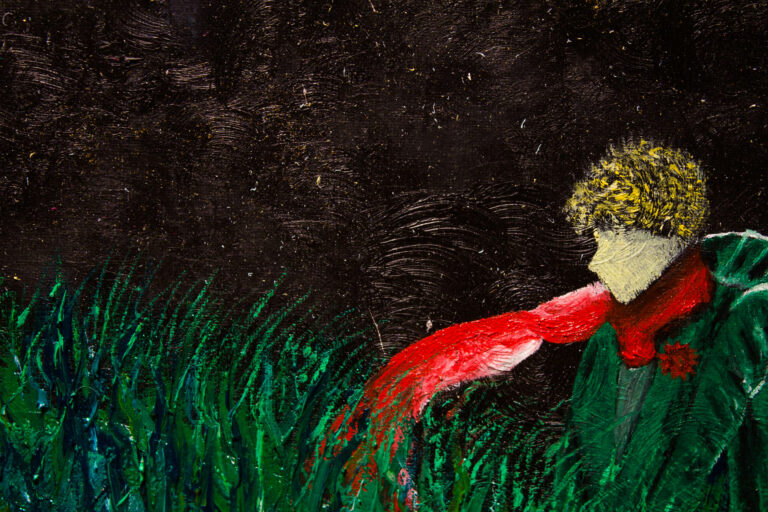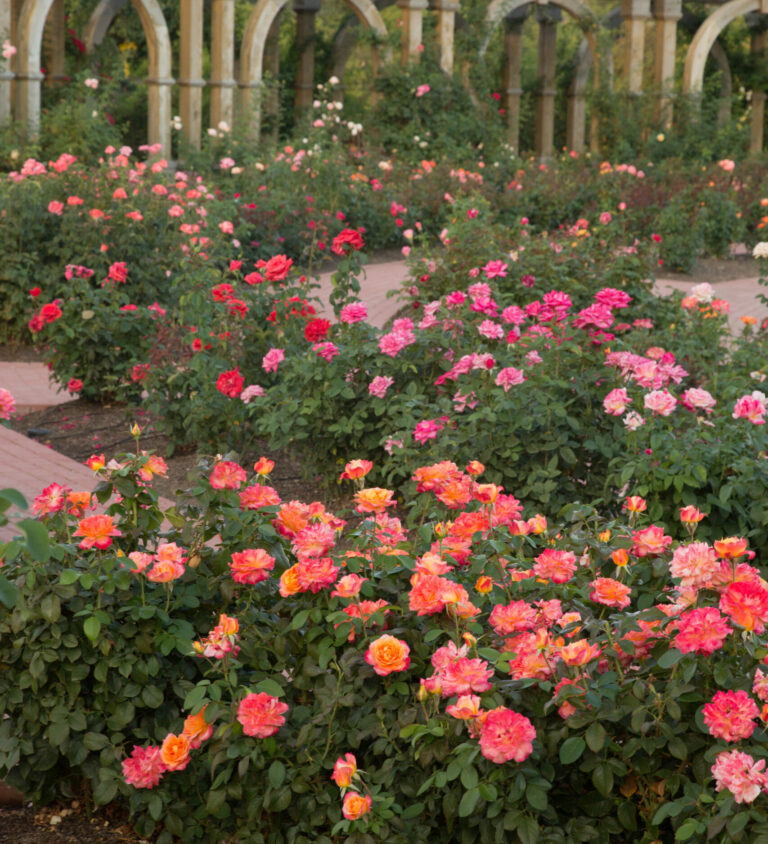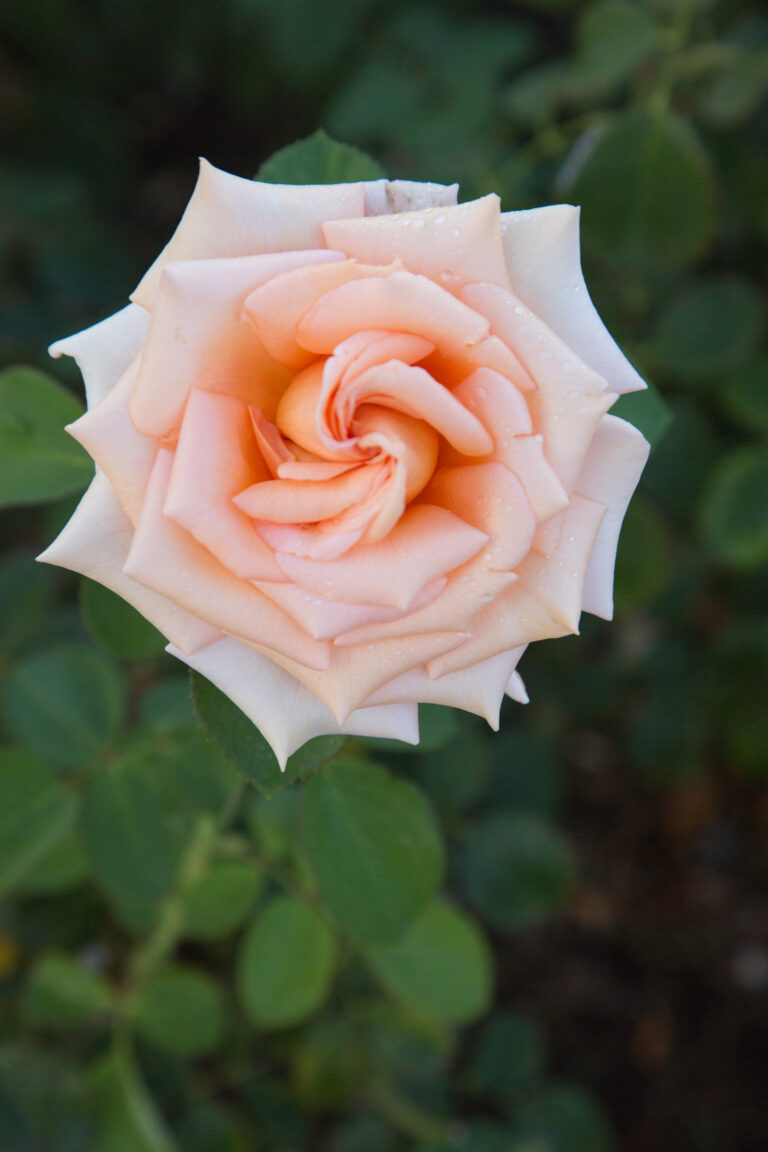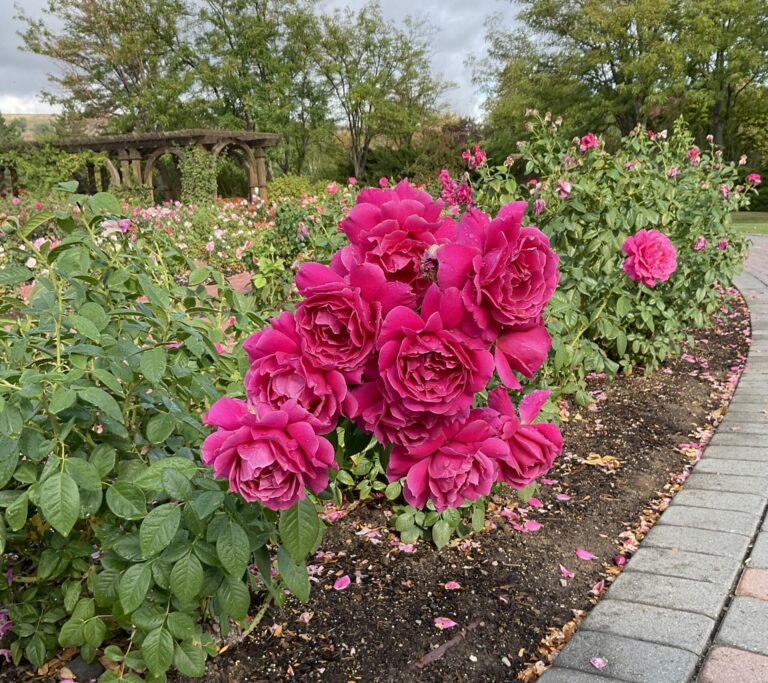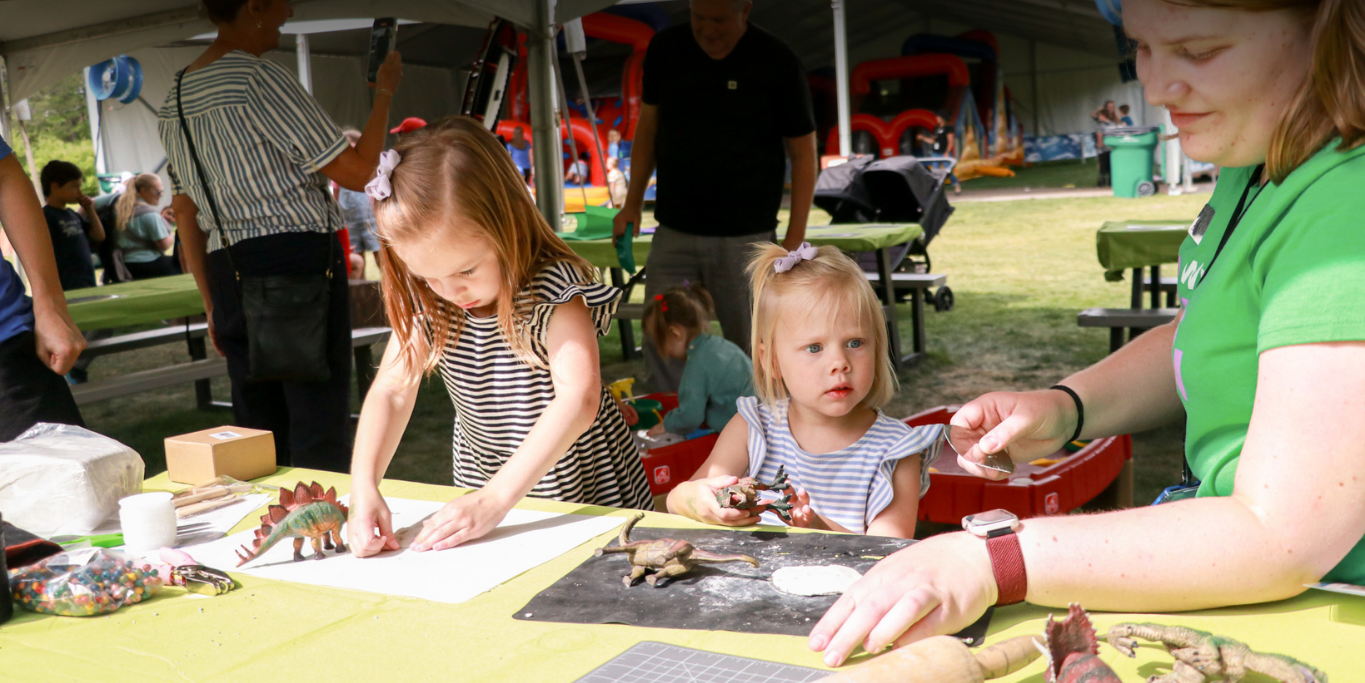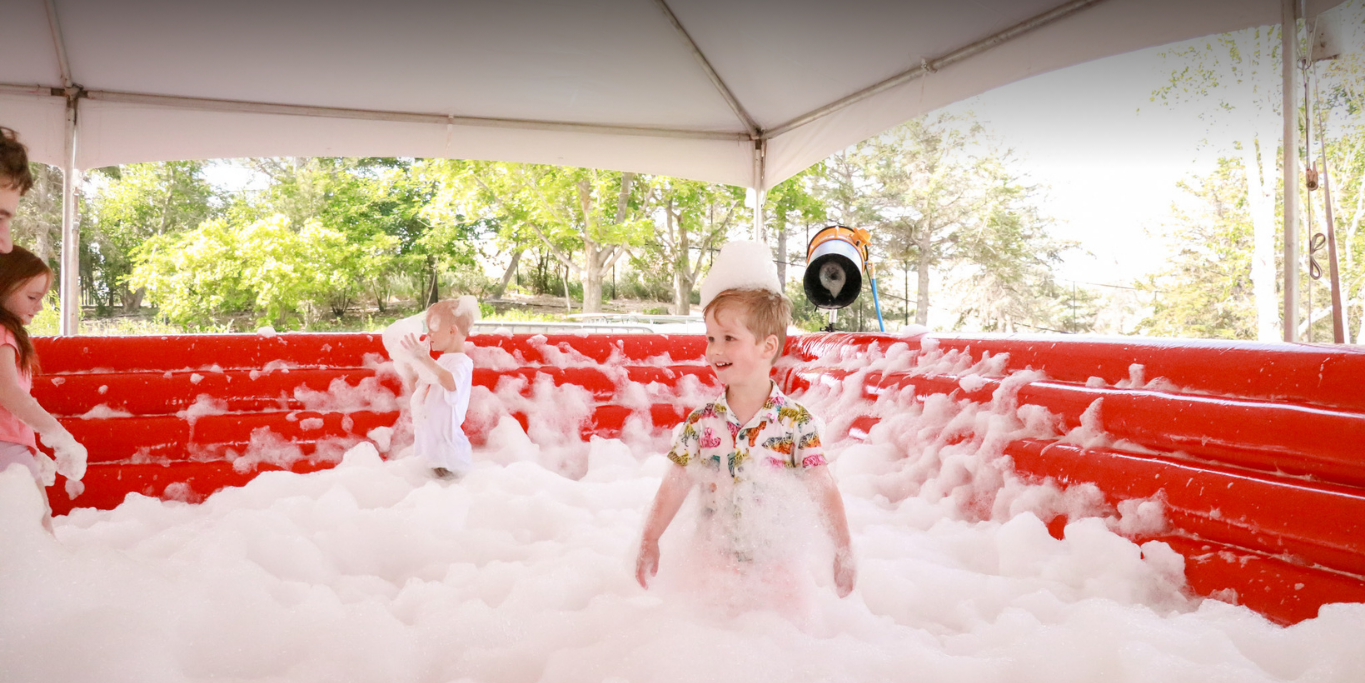The Little Prince, one of the most popular and beloved children’s novels in existence, follows the explorations of the novella’s titular character as he, out of frustration with the rose he so ardently adores, leaves his home planet. He travels to several asteroids before eventually running into a recently crashed pilot on Earth.
He tells the pilot of how one day a rose sprouted and bloomed on his planet, and he quickly fell in love with her despite her haughty vanity and manipulation. At her request, he watered her, kept the caterpillars off of her, gave her a screen to protect her from the “horror of drafts”, and placed her under a glass globe to keep her warm. Eventually, though, the Prince began to feel lied to and taken advantage of. This greatly saddened him, and he decided to leave his planet in search of a cure for his loneliness.
He tells the pilot of the people he met on his journey, of the things he learned, and of his responsibility for his flower. He resolves to return to his home planet and reunite with his rose. But, because of author Antione de Saint- Exupéry’s vague and melancholy end, we can only hope that the boy made it.
In The Little Prince, Saint-Exupéry personifies the rose, giving her the human characteristics of vanity, insecurity, pridefulness, sensitivity, naivety, and entitlement. The rose is only in the story for a brief time, but carries major significance. The rose teaches The Little Prince about love – for which, there can be no better symbol.
Though the roses here at the Ashton Gardens do not talk as Antoine’s does, they may have some similar characteristics.
Dan Leber, an Ashton Garden volunteer who used to show roses competitively, tells us the true nature of roses and reveals if their literary depiction is similar to the real thing.
Are roses high maintenance?
“Yeah, they do require effort and care, but they are very resilient so they will survive without any care at all. It depends on your goal. If you want to just plant them and leave them, they will survive and do okay, but if you want them to perform to their peak, you have to feed them, water them, take care of them, prune them, things like that.”
Are they sensitive or susceptible to very many things?
“Here in Utah, most diseases are not a factor because it’s dry. Roses are very susceptible to things like rust, black spot, and powdery mildew. All of those are mostly transmitted either by overhead watering or by high humidity. So, if you water at ground level or keep it dry then you’re going to be immune to most of those diseases.”
“In Utah, we are pretty much immune. Sometimes you’ll get some powdery mildew, but even then, it’s usually very easy to control. With pests, you’ve got the two main ones – thrips and aphids. Here in this garden, we’ll have an outbreak of one or both. But the beneficials (insects like ladybugs, lacewings, and more) and the change in weather usually resolves that before they do a lot of damage. Thrips get into the buds at an early stage and then, when the roses open, you get a lot of damage to the petals. If you’re a rose shower and want a perfect bloom, then thrips can be a devasting infestation, but for a garden, it’s not that critical because it doesn’t destroy the bloom – it just doesn’t allow it to be perfect. Usually, you can control them with insecticides, but generally, the change in weather will get rid of them before they do a whole lot of damage.”
Are they popular or easy to adore?
“The rose is the national flower of the United States, so it has that as a popularity factor, and it is a fairly easy plant to work with in terms of breeding. There are a lot of breeders around the world and there are over 20,000 varieties of roses, so the more breeding that is done, the more refined you can get your quality. They’ve been able to breed out a lot of diseases, making the plant resistant to a lot of diseases. Then, you can select the desirable traits, color, fragrance, and more. There are tons and tons of varieties, so everyone can find a rose that they like. They offer a lot of diversity and availability, plus they’re relatively inexpensive. There’s a lot of advantages to roses, and again, you can literally plant it, leave it, and do nothing and it will survive and perform.”
The Little Prince’s flower is a wild rose since it just sprouted up one day. What is the difference between wild roses and cultivated roses?
“Wild roses are older, a genetically old bush. It’s used way back in the parentage, it’s the great great grandfather of most early roses, so anything before 1886 is considered an old rose. It means most of them were just found in nature, and so any variations were just genetic crosses that were found naturally. Whereas the new roses are more bred, they are selected for their traits and qualities or actively pollinated by hand to get certain crosses. But yeah, wild rose is literally something you would find out in the wild that has come up from a seed that has been dropped or a plant that’s been there before.”
In the Little Prince, a fox tells the boy, “You become responsible, forever, for what you have tamed.” This, of course, has different implications if we’re talking about a human relationship, but, in terms of real roses, may be true. The roses in the Ashton Gardens are not wild roses. They have been cultivated; they are continuously cared for by people who know how to care for them. They are understood by those who take the time to tame them. Because they are so well cared for, they are quite beautiful, though we try to not let that go to their heads.
Here are some tips from Dan for those with rose bushes or for those looking to be responsible for some:
“During the summer you want to feed monthly. Roses are heavy feeders and heavy drinkers. If they’re not given that, they’ll survive but they won’t thrive and they won’t produce flushes of blooms. So, a monthly feeding with a balanced fertilizer is great. Roses can’t read the bags, so they don’t know what is being put on them, whether it is fancy rose food or just a cheap fertilizer. Some kind of food, nitrogen particularly or balanced, will help them flourish. Then, water. They’re somewhat temperamental, like most plants. They don’t want to be sitting in water because they’ll rot, but at the same time, they don’t like to be dried out. So, two or three times a week you should give them a good, heavy, deep watering and then feed them monthly. You’ll also want to practice deadheading, so just remove spent blooms. That stimulates the bush to put more energy into a new bloom because the rose hip is what is producing the reproductive parts of a plant. That is their goal is to reproduce, so if you cut off the old spent bloom, then the bush says, oh we have to produce a new rose hip, and so it produces a new bloom.”
“In fall, you want to trim them back a little bit, mainly just to prevent damage from snow load. If you’ve got big, tall ones, you want to prevent them from breaking under snow or wind, but you don’t want to prune too aggressively as well because they will die from the cold.”
“Over winter, if it’s a newer, younger bush or if it’s more fragile or delicate, you should mulch it. Put leaves or mulch around it just to protect it from cold. Then, you’ll want to clean it up. You want to get rid of all your dead material because that is where all your insect eggs and insects harbor.”
“In the spring, clear away the mulch, add more mulch if you want to just give it a ground covering, and feed it. Prune it back a little bit (anything that is dead or damaged from winter) and then start your feeding and watering cycle. And it goes around again and again!”
The Rose Garden in the Ashton Gardens is wonderfully cared for by staff and volunteers. Come, “look at them and breathe their fragrance…and take pleasure in all (their) grace.”
